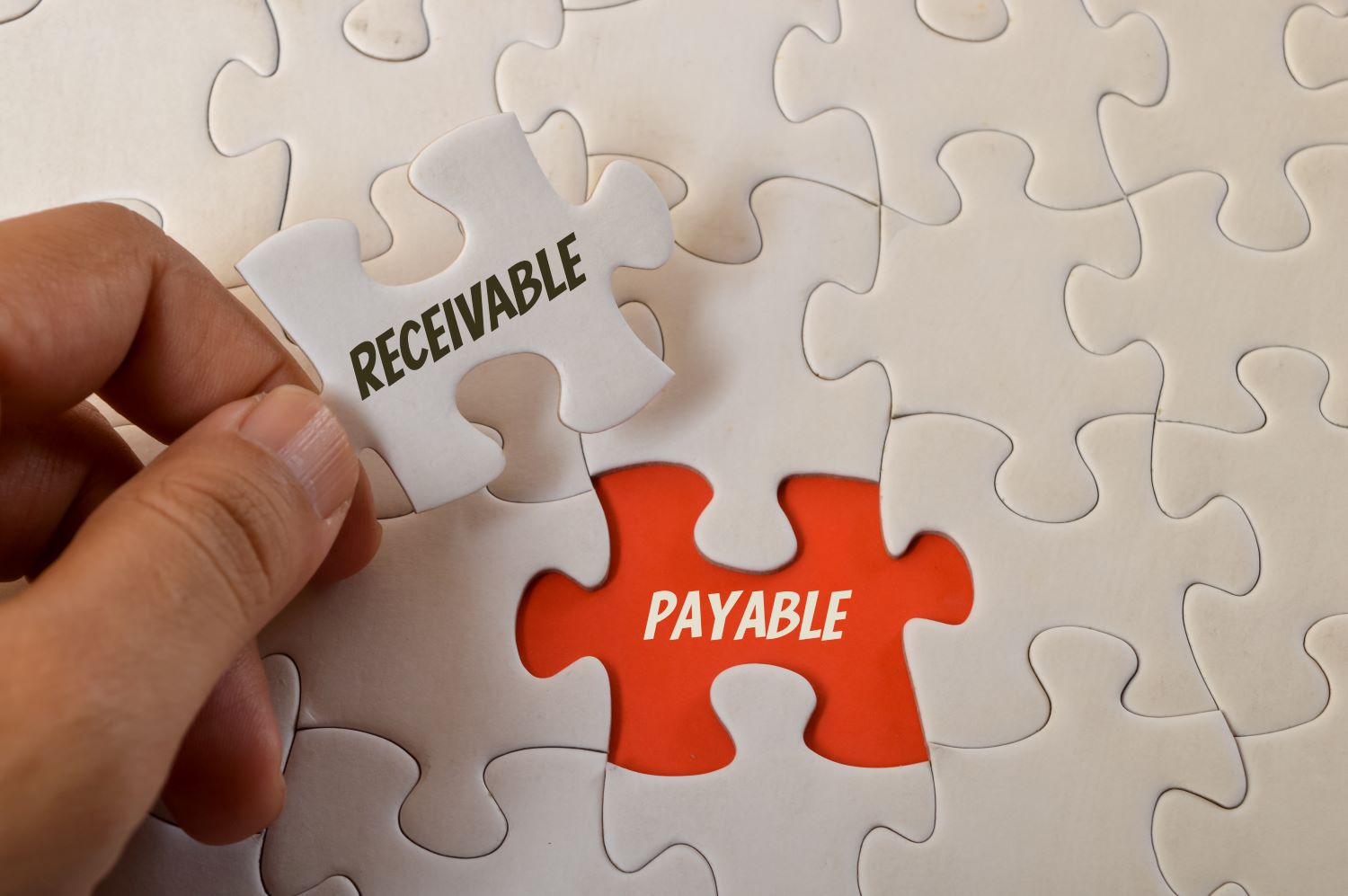- (204) 373-2953 / (204) 216 1770
- borderbookkeeping@hotmail.com
- PRICE QUOTE

The perfect balance of revenue and expenditures is crucial to a smooth accounting equation for any business. But, businesses like yours conduct hundreds of financial transactions every day. How would you keep track of each of them and maintain a balance between them? This is where the role of accounts payable and accounts receivable comes into play.
Both contribute to the accounting process of businesses. But, there are also significant differences between them. Understanding how they work can help you seize growth opportunities and thrive better. So, here’s a brief overview of accounts payable vs accounts receivable so you can understand the company’s balance sheet better.
Accounts payable is the money you need to pay to your vendors, suppliers, etc. On the contrary, accounts receivable, on the contrary, are the amount you are supposed to receive from customers for your services or products. It is normal to get confused with these two when you are just starting a business. Every invoice is either receivable to one party or payable to another.
AP is the amount your company owes currently. You can consider these as short-term obligations or debts that your business must clear as soon as possible.
It falls under ‘current liability’ on your balance sheet.
Let’s say you bought a bulk of products from your supplier. So, the amount of money that you owe to your supplier for those products is accounts payables.
Most businesses in Alberta, Manitoba or Saskatchewan hire an accountant to classify the items in their invoices in the correct order. The professionals record the expense as ‘paid’ once the payment is done according to the terms of the contract.
AR is the amount your customers owe to your business. You can consider it as a short-term asset that you must collect within a few days or a year.
It falls under ‘assets’ on your balance sheet.
Let’s say you run a candle shop. You provide candles to your customers every month. But, you bill them only when the month is over and they have used your product. You reflect the amount that they owe you in the receivable section.
Double-entry bookkeeping is the most common method to record AP on the balance sheets. Keeping that in mind and assuming you received an invoice, here’s how the amount is recorded.
Pay your bills on time to avoid cash flow issues or inaccuracy in accounting statements. Besides recording the amount, you also need to take care of relevant administrative tasks. Some of them include identifying and correcting errors, maintaining vendor files, and communicating with vendors.
Double-entry bookkeeping is the most common method to record AR on the balance sheets. Keeping that in mind, here’s how to record the amount.
It is important to be consistent while recording accounts receivables. AR is directly proportional to the cash flow of your business. That means if your AR increases, your cash flow also increases. You can increase your cash flow by getting your customers to clear invoices as quickly as possible.
You use accounts payable to keep track of the money you need to pay to vendors or suppliers.
Let’s say you purchased products from your supplier and paid a portion of the amount. You will pay the rest if you are satisfied with their products. So, till then, the pending amount remains in the AP.
You should use accounts receivable to keep an eye on all pending payments from customers. Collect the invoices on time to avoid late payments and cash flow disruptions.
It is daunting to keep track of AP and AR regularly, especially when you have a hectic schedule. But, both these components are crucial to reflect the accurate financial health of your business. You need this information to understand where money is going and what you can do to improve cash flow.
A business that maintains accounts payable and receivables knows where it stands in the current market. The records help you follow up on invoices, avoid late payments and make wise business decisions. As far as the complexity of this task is concerned, you can always take an experienced accountant’s help and get it done efficiently.